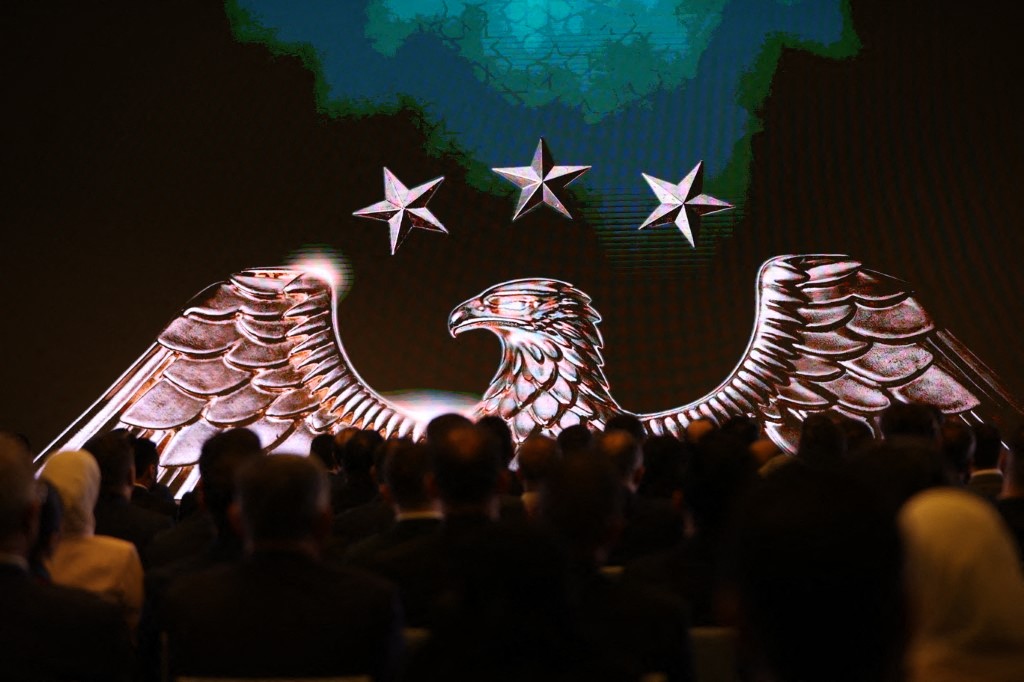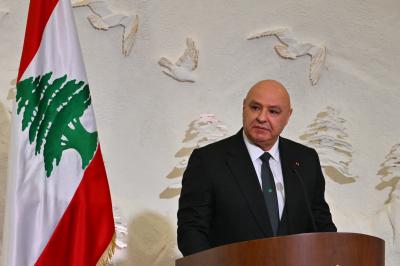As Lebanon anxiously awaits the outcome of the visit by U.S. envoy of Lebanese descent, Tom Barrack, whether it brings about internal peace or rekindles the flames of war;
As Israel continues its open war on Lebanon through daily air raids, assassinations, incursions, and persistent occupation;
And as the entire region stands on the brink of drastic transformations—be it the looming U.S.-Iranian confrontation, the Syrian-Israeli rapprochement with an anticipated high-level meeting ahead of a peace agreement, or the ongoing war on Gaza—
A new discourse emerges: some are predicting, threatening, even fantasizing about a Syrian military intervention in Lebanon to confront Hezbollah, should Lebanese authorities fail to disarm it.
But this talk doesn’t stop there. It spirals into delusions, with calls to “reclaim” the cities of Tripoli and Sidon—allegedly “torn away” from Syria by the Sykes-Picot Agreement—and reattach them to the Syrian state. The tired claim resurfaces: that Lebanon is not a country, merely a fragment of Greater Syria.
To the historically uninformed, to those who twist facts to fit ideologies, to the deniers of Lebanon’s rich history and civilizational legacy, and the dreamers of a dissolving pan-Syrian illusion—I pose a simple question:
When was there ever a Syria for Lebanon to belong to?
When did a Syrian state even exist for Lebanon to be considered part of it? In which era? Under what authority?
And how, exactly, could Tripoli or Sidon have been “Syrian”?
Let us start with facts: The name “Lebanon” is the oldest name of a continuous nation known to history, appearing twice in the Epic of Gilgamesh over 4,000 years ago. “Syria,” by contrast, is a much more recent label, coined by the Greeks in the 3rd century BC. It possibly referred to the land of the Syriacs or originated from the city of Tyre. The official name of the Syriac Church, established by Saint Thomas in India, is still “The Syrian Church.”
Throughout history—from the Hellenistic period, when the term “Syria” was first used, until the French Mandate in 1920—no sovereign state called Syria ever existed. Rather, the region was part of successive empires: Greek, Roman, Byzantine, Arab, Fatimid, Crusader, Mamluk, and Ottoman. Syria was merely a province within these empires, sometimes including parts of what is now Lebanon, just as Acre was once part of the Sidon district.
Even during the French Mandate, when Paris tried to unite Lebanon and Syria into one entity, it was the Lebanese who resisted. One leading figure was the visionary thinker Youssef El-Sawda, who rallied the Lebanese diaspora to bombard the French Foreign Ministry with over 30,000 telegrams demanding an independent Lebanon. It worked.
Lebanon gained its independence from Syria, which at the time had not yet unified its own fragmented territories—the French had split Syria into four autonomous regions. The modern Syrian Republic didn’t come into existence until 1939.
So, how can anyone claim that Lebanon was cut off from Syria when Lebanon had existed as a distinct historical and cultural entity long before Syria was even conceptualized as a modern state?
Let no one argue that “Lebanon was only ever a mountain.” By today’s standards, many modern countries didn’t exist in their current form in the past. Yet modern nations carry the legacies of all their past incarnations. Take the United States, for example—it expanded piece by piece until it purchased Alaska from Russia in the 19th century for $1.8 million.
Now, to those who dream of annexing Sidon and Tripoli—two of Lebanon’s most ancient cities—let’s revisit their history.
Sidon (or “Saida”) was once a city-kingdom among a string of powerful coastal city-states, including Tyre, Byblos, Tripoli, and stretching north to Ugarit (modern-day Ras Shamra in Syria).
Tripoli, or “Tripolis,” was home to what could be considered the first United Nations—an assembly uniting delegates from the three city-kingdoms of Tyre, Sidon, and Arwad. They met regularly on their soil to manage diplomatic and economic ties with each other and with foreign civilizations, leveraging their Phoenician maritime prowess.
As if Lebanon hadn’t already endured 30 years of Syrian military domination—call it guardianship, occupation, or what you will—before liberating itself on April 26, 2005.
As if today, when Syria itself is still emerging from the ashes of war and a collapsed regime, struggling to find its footing under President Ahmad Al-Sharaa, someone believes we should turn back the clock and restore a bygone subjugation.
Do the people of Sidon, of Tripoli, or any Lebanese town—regardless of Lebanon’s current crises—want to give up their identity and join a neighboring state in disarray?
Let me end with one piece of advice: for those who still entertain such fantasies, spare yourselves the burden. Too many nightmares can only bring unrest.
Please post your comments on:
[email protected]
 Politics
Politics







